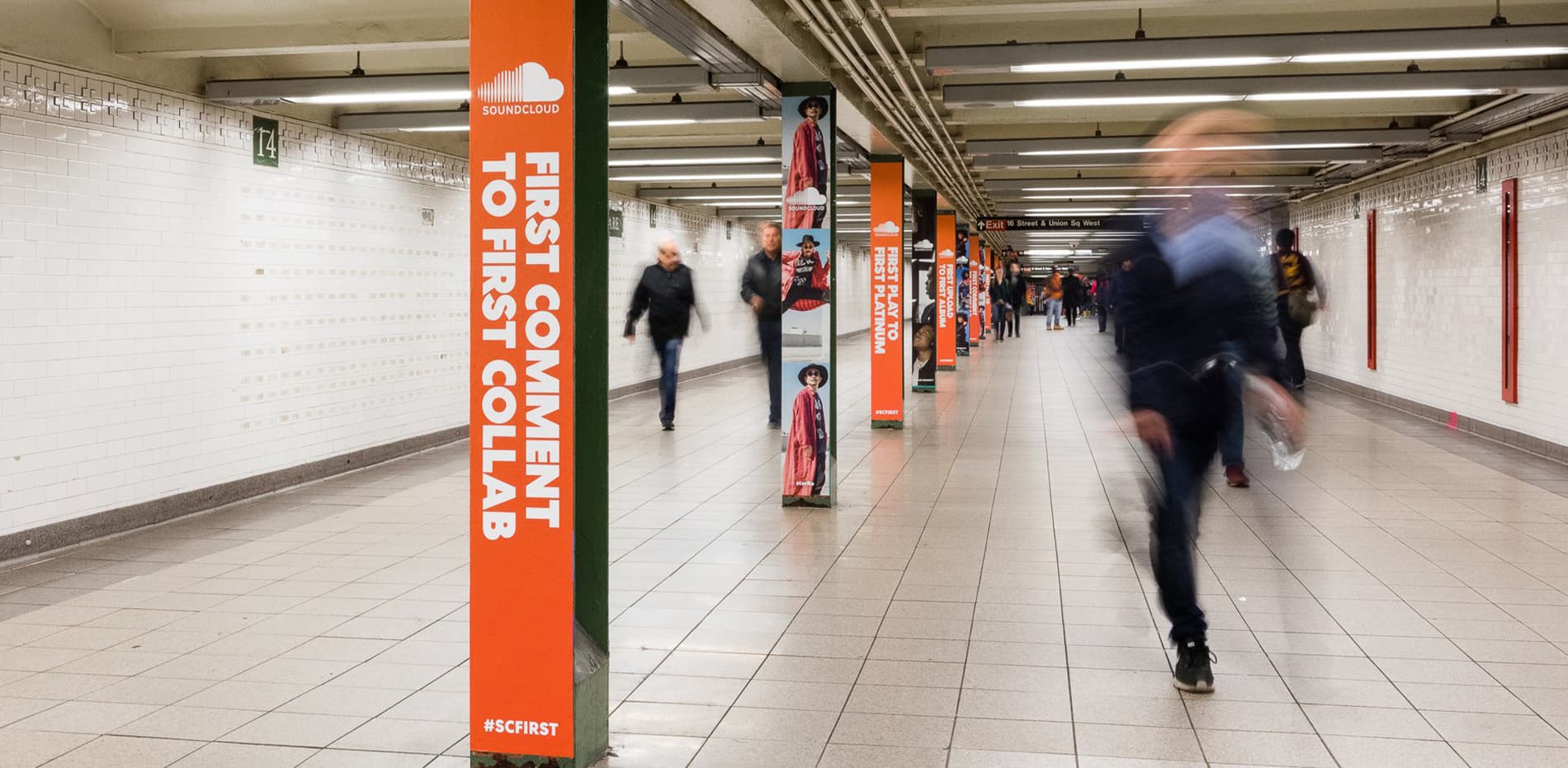Centra No.2
Centra No.2, the more modernist geometric of the series, leans into the roots of the genre, employing a rationalist system of diagonal shears in its curvilinear terminals. The key exception here is the uppercase and lowercase C, a nod to the late great Paul Renner’s genre-defining classic Futura, which served as the foundational model for Centra No.2’s contemporary geometric expression.
vessels, roofing tiles, bricks, water pipes, embellishment in building construction
SSSSSSSS
Terracotta is the term normally used for sculpture made in earthenware.
So some truss arch bridges are built from each side as cantilevers until the spans reach each other and are then jacked apart to stress them in compression before final joining. Nearly all cable-stayed bridges are built using cantilevers as this is one of their chief advantages. Many box girder bridges are built segmentally, or in short pieces. This type of construction lends itself well to balanced cantilever construction where the bridge is built in both directions from a single support
In an architectural application, Frank Lloyd Wright’s Fallingwater used cantilevers to project large balconies. The East Stand at Elland Road Stadium in Leeds was, when completed, the largest cantilever stand in the world holding 17,000 spectators. The roof built over the stands at Old Trafford Football Ground uses a cantilever so that no supports will block views of the field. The old, now demolished Miami Stadium had a similar roof over the spectator area.
GGGGGGGG
A rigid structural element, such as a beam or a plate, anchored at only one end.
An appropriate refined clay is formed to the desired shape. After drying it is placed in a kiln or atop combustible material in a pit, and then fired. The typical firing temperature is around 1,000 °C (1,830 °F), though it may be as low as 600 °C (1,112 °F) in historic and archaeological examples. The iron content, reacting with oxygen during firing, gives the fired body a reddish color, though the overall color varies widely across shades of yellow, orange, buff, red, "terracotta", pink, grey or brown.
Asian and European sculpture in porcelain is not covered. Glazed architectural terracotta and its unglazed version as exterior surfaces for buildings were used in Asia for some centuries before becoming popular in the West in the 19th century. Architectural terracotta can also refer to decorated ceramic elements such as antefixes and revetments.
aaaaaaaa
In architecture, a gargoyle
is a carved or formed grotesque with a spout.
Fired terracotta is not watertight, but surface-burnishing the body before firing can decrease its porousness and a layer of glaze can make it watertight. It is suitable for use below ground to carry pressurized water (an archaic use), for garden pots or building decoration in many environments, and for oil containers, oil lamps, or ovens. Most other uses, such as for tableware, sanitary piping, or building decoration in freezing environments, require the material to be glazed.
Terracotta/earthenware was the only known type of ceramic produced by Western and pre-Columbian people until the 14th century, when imported European fired stoneware began production. Terracotta has been used throughout history for sculpture and pottery as well as for bricks and roof shingles. In ancient times, the first clay sculptures were dried (baked) in the sun after being formed. They were later placed in the ashes of open hearths to harden, and finally kilns were used, similar to those used for pottery today. However, only after firing to high temperature would it be classed as a ceramic material.
The term spandrel is also used to indicate the space between the top of the window in one story and the sill of the window in the story above. The term is typically employed when there is a sculpted panel or other decorative element in this space.
The spandrels over doorways in perpendicular work are generally richly decorated. At Magdalen College, Oxford is one which is perforated. The spandrel of doors is sometimes ornamented in the Decorated Period, but seldom forms part of the composition of the doorway itself, being generally over the label. Spandrels can also occur in the construction of domes and are typical in grand architecture.
Paris’s Arc de Triomphe, for example, has spandrels at the top corners of its three arches, each carved with ornamental figures. Buildings constructed during the Gothic period commonly have elaborately decorated spandrels. The word comes from the Anglo-French spaundre, which is thought to be a shortened version of espandre, “expand or spread” in Old French. An approximately triangular surface area between two adjacent arches and the horizontal plane above them. the outer boundary of an artifact or a material layer constituting or resembling such a boundary.
Centra No.1, the humanist edition of the Centra series, employs classic vertical sheers reminiscent of ancient roman capital construction. Centra No.2, the more modernist geometric of the series, ends its curvilinear terminals with diagonal shears and smooth tapering.



